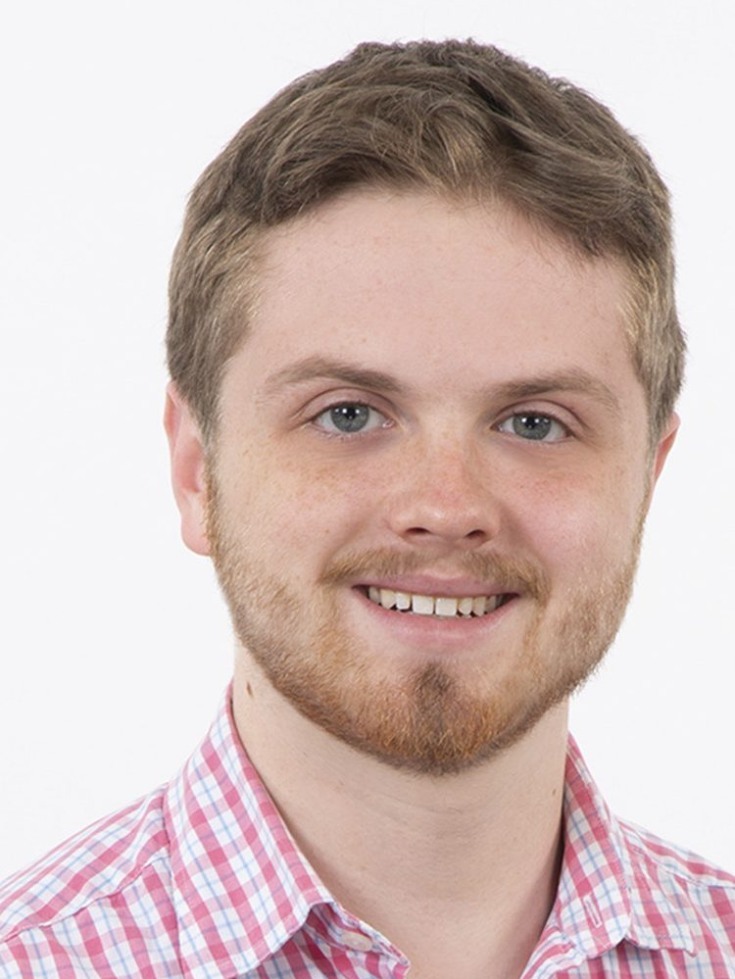AASPIRE’s co-founders, Dora Raymaker and Christina Nicolaidis, aim to produce research that delivers more tangible benefits to autistic people in their daily lives – especially autistic adults, who are often overlooked by research studies. AASPIRE practices community-based participatory research (CBPR), wherein researchers and members of the community being researched collaborate as equal partners to identify priorities, share varying forms of expertise and perspective, and reduce the potentially harmful power dynamic between researchers and members of a marginalized population.
Progress in the Field
While autistic-driven autism research is still a nascent phenomenon, it has already yielded impactful discoveries and quality-of-life improvements that benefit people across the spectrum. Autistic burnout is one of these discoveries. Per a frequently-cited autistic-led study, autistic burnout is a form of chronic exhaustion, often accompanied by executive functioning or mental health challenges, that occurs from the cumulative effects of navigating a neurotypical-centered world and its expectations. Given the frequency of co-occurring mental health conditions among people on the spectrum, autistic burnout is a highly relevant and useful new understanding. The concept has made its way beyond the research world into the global press and onto mental health professionals' radar.
Another breakthrough research finding has been the double empathy problem. First described in scientific literature by Damian Milton, an autistic parent of an autistic son in 2012, the double empathy problem states that in social interactions between autistic and nonautistic people, empathy is a two-way street. While pre-existing scholarship focused heavily on the trouble that autistic people can have empathizing with nonautistic people, it overlooked the converse: nonautistic people can struggle to empathize with autistic people. One example of the double empathy problem in action is with sensory stimuli. An autistic person may struggle to manage sensory distractions during a social interaction, while their nonautistic counterpart may struggle to imagine and appreciate their partner's sensory-processing differences. Scholarship on the double empathy problem has had high impact in the research world over the past decade. It has been demonstrated consistently and persuasively enough in studies since 2012 that even Simon Baron-Cohen, a Cambridge professor who had originally promoted the since-disproven theory that autistic people are "mind-blind," lacking empathy, now positively reviews the double empathy theory.
In the real world, this theory stands to transform how we think about social skills education in the future. Today, social skills interventions for autistic people have limited efficacy in real-life scenarios because they shortsightedly focus only on changing the autistic person. In the future, for mutually constructive social interactions, both parties must accommodate and empathize with each other. Double empathy problem research demonstrates the inefficiency for both parties if we place the full burden of alleviating autistic-nonautistic misunderstandings on autistic people.
Meanwhile, Mary Doherty, founder of Autistic Doctors International, has made strides toward identifying changes at the doctor's office that can improve the experience of patients coming from a variety of points on the spectrum. She and other autistic doctors bring a unique perspective to this issue as both care providers and autistic recipients of care. Along with Sue McCowan and Sebastian C.K. Shaw, Doherty developed the SPACE framework – sensory needs, predictability, acceptance, communication, and empathy – for the factors that doctors should consider in making their offices more accessible to autistic patients.
Practical steps she recommends range from training doctors to understand the root causes of distress behavior, fixing potentially distracting sensory stimuli like flickering lights promptly, and building in additional time for appointments with patients who communicate through nontraditional methods like augmentative and alternative communication. Doherty and her colleagues particularly emphasize the critical role of effective communication beyond the spoken word; after all, it is the 25-30% of autistic people who are nonspeakers that often face the greatest barriers navigating healthcare settings.
All of these examples highlight how autistic-driven autism research can deliver benefits to people across the spectrum with a variety of support needs.
More openly autistic people translates to more people who can hold researchers, public policymakers, and service providers accountable for delivering real and tangible value to the people for whom they work. Their best bet is through meaningful engagement with autistic people. Autistic autism researchers show the particular value that comes from autistic people leading research that aims to improve autistics' quality of life. In my own experience, I have also found it very rewarding to be involved in autism research and advocacy, and I hope in some small way I can benefit others. If you're autistic and interested in autism research or advocacy, openness can be an empowering force that lets you engage more freely and impactfully with these fields.

